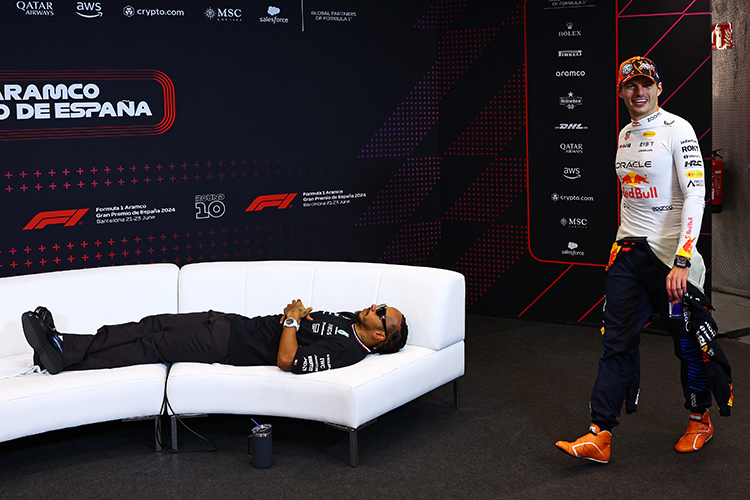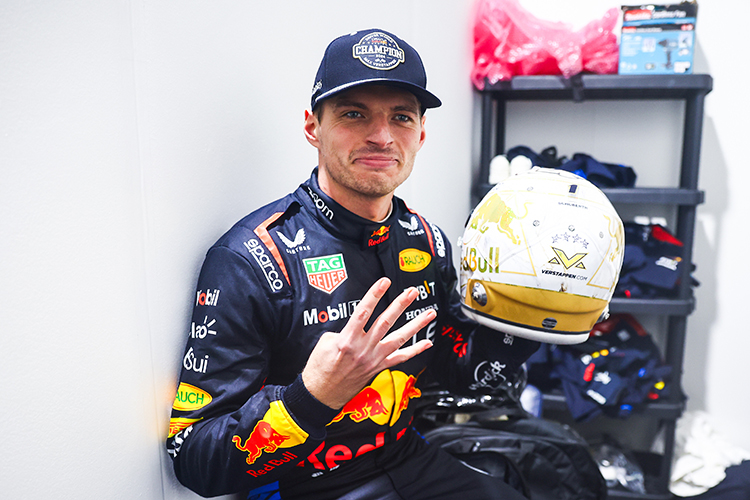Why Do Formula 1 Drivers Lose So Much Water?

Formula 1 World Champions: A legacy of racing legends
Why do F1 drivers lose so much water?
Learn why Formula 1 drivers lose so much water during races. Explore the impact of extreme heat, physical exertion, and dehydration on F1 driver performance and hydration systems.
Formula 1 racing is a sport that pushes drivers to their physical and mental limits, not only through high-speed challenges but also through extreme physical exertion. One of the most pressing issues faced by F1 drivers during a race is significant fluid loss. This loss of water and electrolytes can have serious consequences on both performance and safety. In this report, we explore why Formula 1 drivers lose so much water and how they combat dehydration.
Extreme Heat and Physical Exertion
F1 races often take place in hot climates, and the interior of a Formula 1 car can become an oven. The cockpit temperature can exceed 50°C (122°F) due to engine heat and limited airflow, causing drivers to sweat heavily. Alongside this extreme heat, the physical demands of F1 racing—including high G-forces during cornering and braking—lead to further fluid loss. This combination of heat and physical exertion results in drivers losing significant amounts of water throughout the race.
Weight Loss Due to Dehydration
On average, F1 drivers can lose between 2 to 4 kilograms (4.4 to 8.8 pounds) of body weight during a race, primarily from fluid loss. This represents up to 5% of their body weight, which can have a substantial impact on both cognitive and physical performance. Dehydration can affect concentration, reaction time, and stamina, making hydration a critical factor for driver safety and performance.
Hydration Systems in F1 Cars
To mitigate the risks of dehydration, F1 cars are equipped with sophisticated hydration systems that allow drivers to drink fluids during the race. Typically, a drink bag containing around 1.5 liters of fluid is connected to the driver's helmet through a tube, enabling them to sip liquids as needed during the race. These fluids often contain electrolytes, which help replenish the salts and minerals lost through sweat. The system ensures drivers can stay hydrated without compromising their focus or race performance.
Post-Race Recovery
After the race, rehydration is essential. F1 drivers are often seen drinking from long straws immediately after exiting their cars. This rapid intake of fluids helps to replenish the body’s water levels and restore electrolytes that were lost during the race. Rehydration aids in recovery, helps drivers regain their physical strength, and ensures they are ready for the next challenge.
In summary, the extreme heat and physical demands of Formula 1 racing lead to significant fluid loss for drivers, which can impact both performance and safety. To manage this, F1 cars are equipped with hydration systems, and drivers make hydration a top priority both during and after the race. Maintaining a delicate balance between staying hydrated and managing weight for optimal car performance is essential in this elite sport.
Up Next



